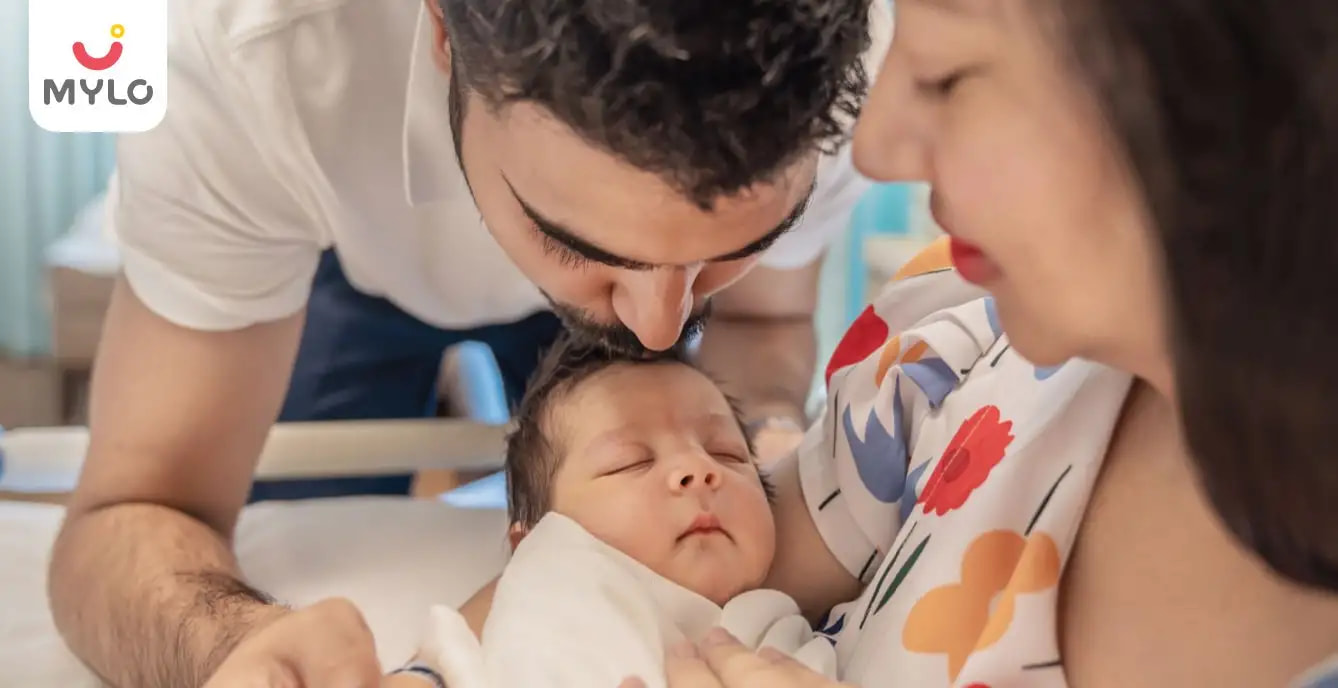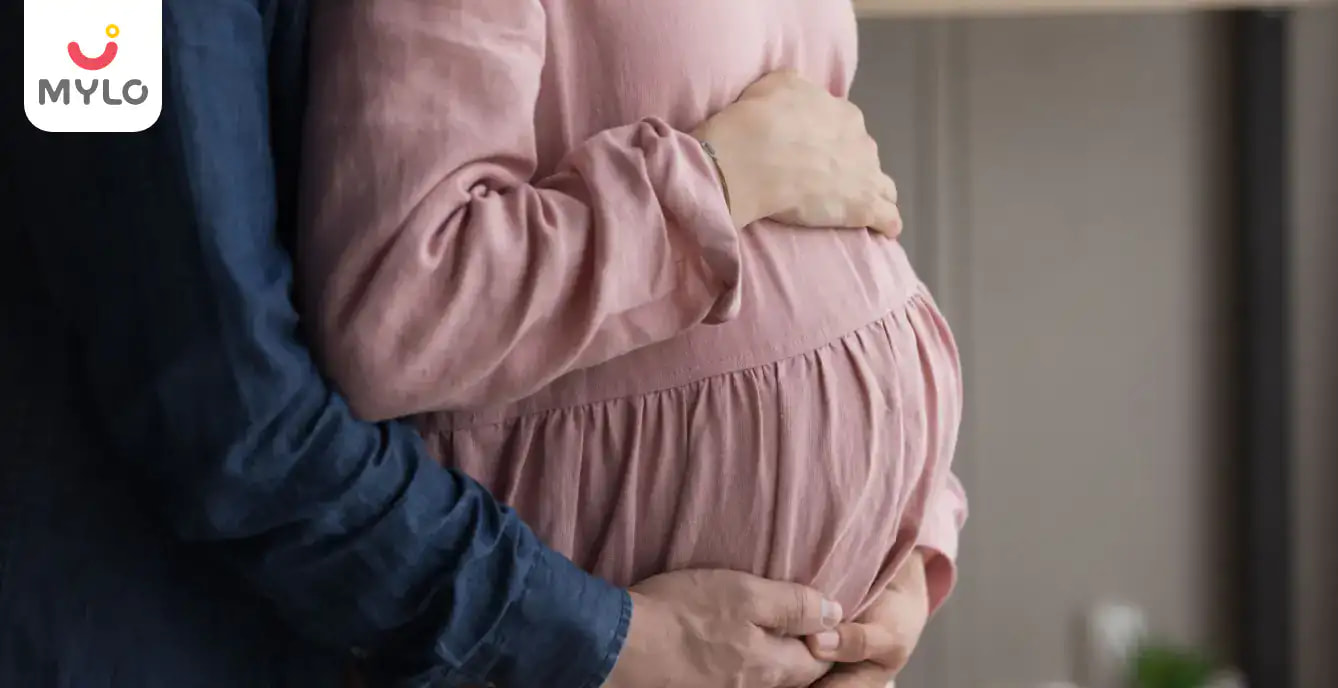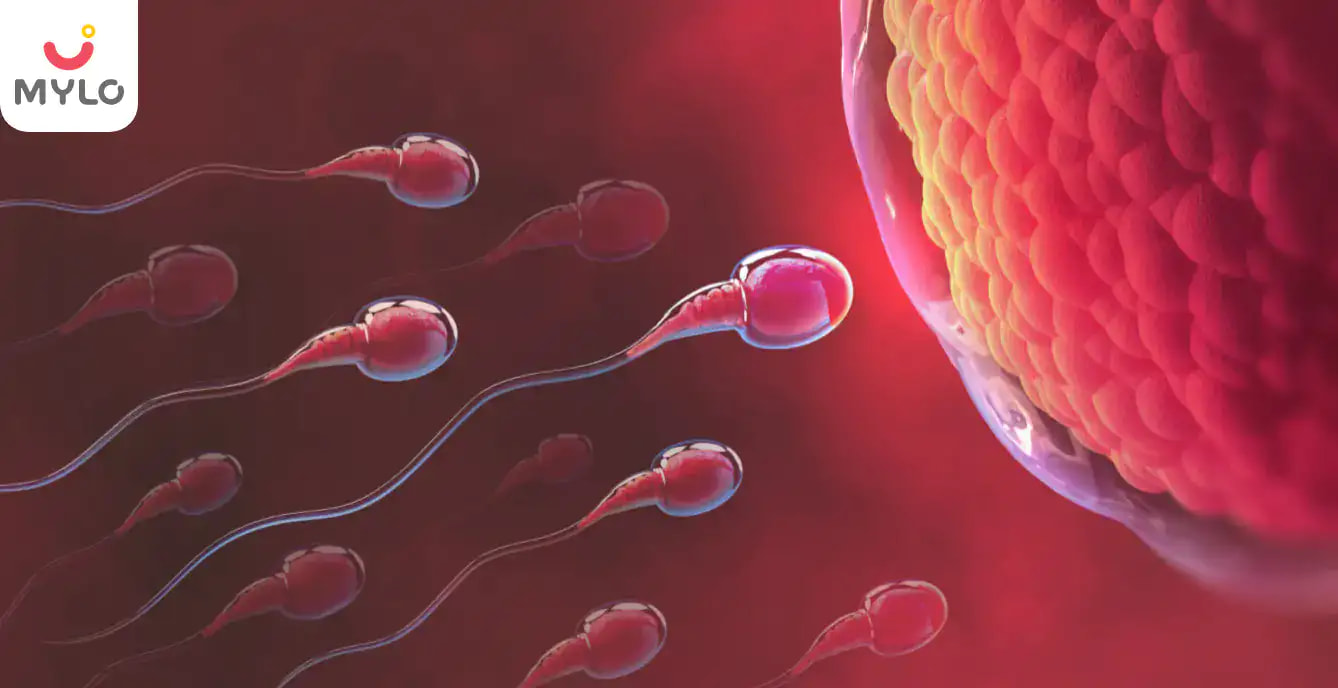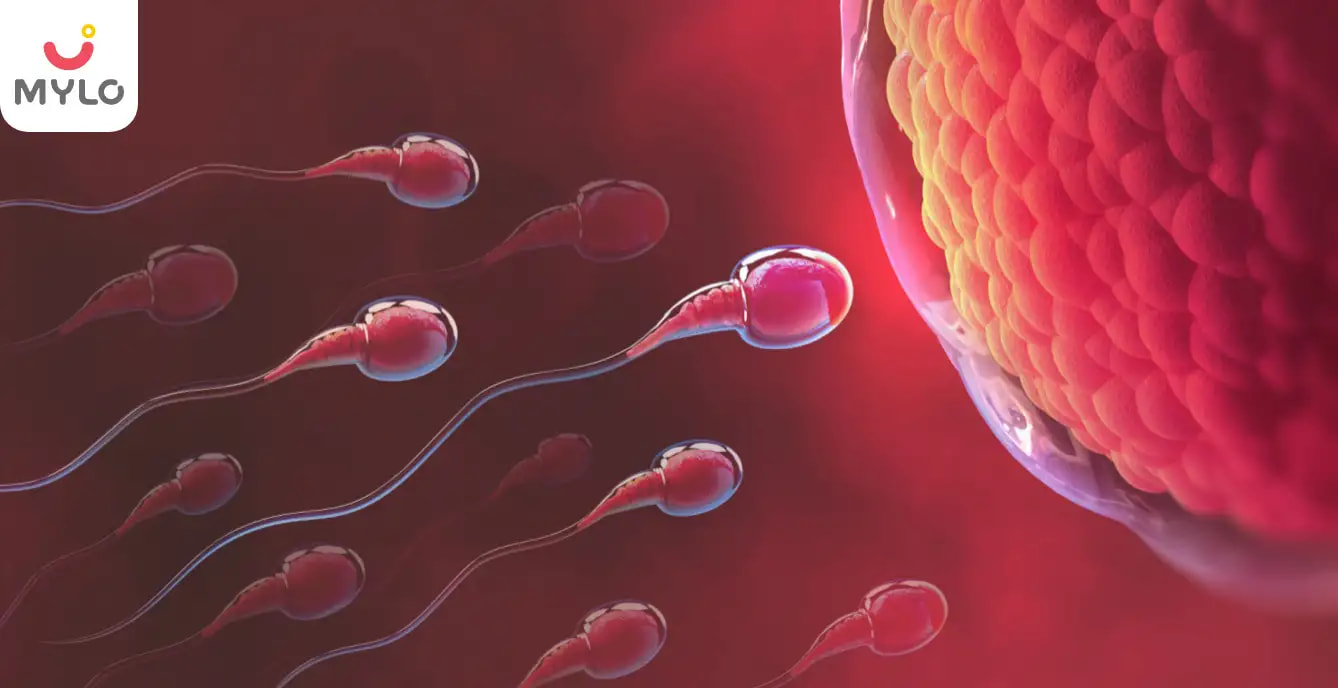Home

In Vitro Fertilization (IVF)

IVF Process Step by Step Timeline: What to Expect During Your Fertility Journey
In this Article
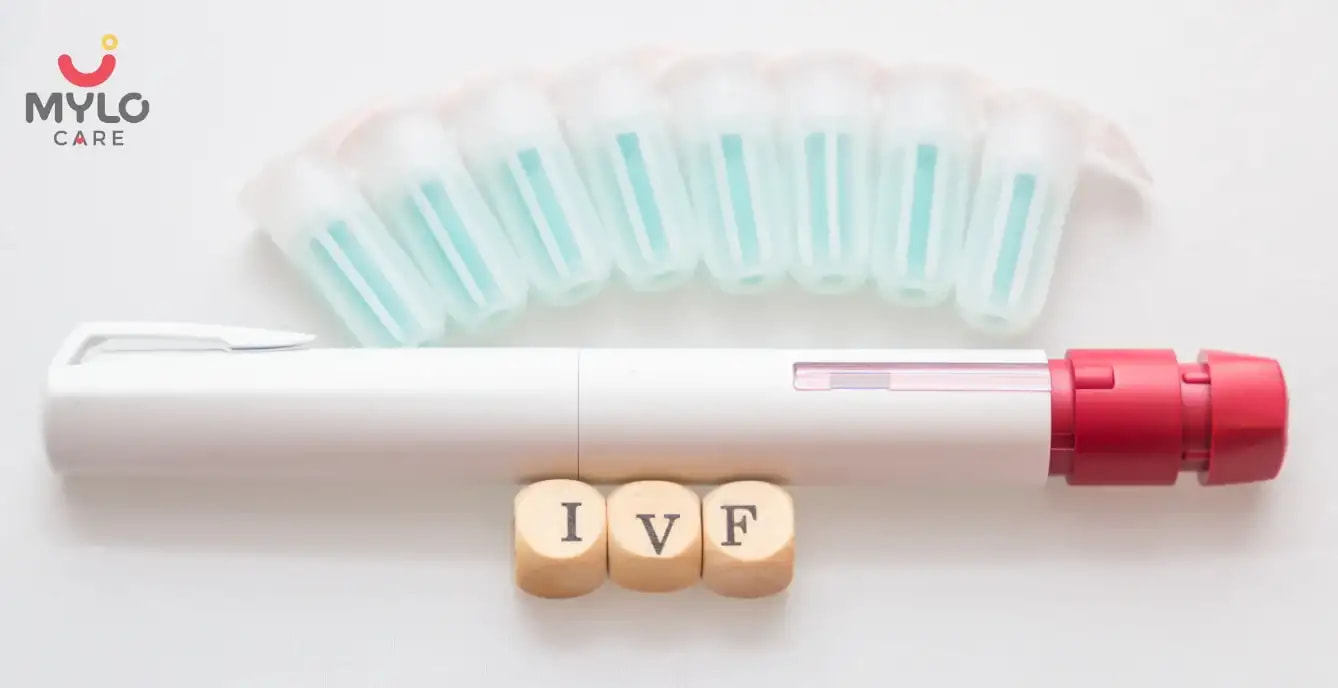
In Vitro Fertilization (IVF)
IVF Process Step by Step Timeline: What to Expect During Your Fertility Journey
Updated on 17 May 2023



Medically Reviewed by
Kusum Sabharwal
Obstetrician & Gynecologist - MBBS| DGO
View Profile

In Vitro Fertilization (IVF) is a medical technique that has helped millions of couples around the world conceive children. IVF is often used when other fertility treatments have failed, or when there are underlying medical conditions affecting fertility. While IVF has become more common in recent years, the process can be complex and overwhelming for those undergoing it for the first time. In this article, we will provide an IVF process step by step timeline to help you understand what to expect during this journey towards parenthood.
What is IVF?
In vitro fertilization (IVF) is a fertility treatment in which sperm and eggs are combined in a laboratory. The resulting embryos are assessed for quality, and one or more are placed in the uterus through the cervix. IVF can help you get pregnant if you have problems with ovulation or egg quality, blocked fallopian tubes, or endometriosis; if your partner has problems with sperm count or motility; or if you're using donor eggs to become pregnant. IVF may also be an option if your doctor can't pinpoint the problem (this is called "unexplained infertility") or if other treatments have been unsuccessful.
Consultation and Testing
When a couple decides to opt for the IVF treatment, they must consult a fertility specialist first or visit an IVF clinic for consultation and testing. IVF consulting involves meeting with medical professionals who specialize in fertility treatments to discuss the process of IVF and determine if it is the best option for the patient.
IVF testing refers to the medical tests and evaluations done before the IVF procedure to determine the cause of infertility and the best course of treatment. This can include blood tests, ultrasounds, and other diagnostic procedures to assess the reproductive system of both partners. Let us now understand the IVF procedure step by step.
IVF Procedure Step By Step in India
The IVF process step by step timeline usually goes something like this in India:
1. Ovary stimulation
The first day of your IVF treatment is Day 1 of your menstrual cycle. For 8 to 14 days from the beginning of your menstrual cycle, the doctor recommends you take a gonadotropin. It a type of fertility drug that stimulates your ovaries to develop multiple mature eggs for fertilization (instead of just one). You also need to take synthetic hormone-like leuprolide or cetrorelix to keep your body from releasing the eggs too early.
2. Follicle development
While taking these medications, you visit your doctor's office or clinic every two to three days to have your blood hormone levels checked and ultrasound measurements of your ovaries done. This allows your healthcare provider to monitor the development of the follicles – the fluid-filled sacs where eggs mature.
3. The trigger shot
When the follicles are ready, you get a "trigger shot," an injection that causes the eggs to mature fully and become capable of being fertilized. About 36 hours after your trigger shot, your eggs are ready to be retrieved.
4. Retrieving the eggs
Your doctor gives you an anesthetic and inserts an ultrasound probe through your vagina to look at your ovaries and identify the follicles. A thin needle is then inserted through the vaginal wall to remove the eggs from the follicles. 8 to 15 eggs are usually retrieved. You may have some cramping and spotting for a few days afterward, but most women feel better in a day or two.
You may also like: IVF with Donor Eggs: Improve Your Chances of Conceiving
5. Collecting the sperm
While your eggs are gathered, you partner will also need to provide a sperm sample. Alternatively, you can use a sperm donor. The sperm are then sent for a high-speed wash and spin cycle to choose the ones that are the healthiest.
6. Fertilization
An embryologist (a scientist who specializes in eggs, sperm, and embryos) will examine your eggs before combining them with your partner's sperm and incubating them overnight. Fertilization usually happens during this time, but eggs that aren't normal may not be fertilized. If sperm quality is poor, or if fertilization was unsuccessful during previous IVF cycles, your doctor may recommend using a technique called intracytoplasmic sperm injection (ICSI). With ICSI, a single sperm is injected directly into each mature egg.
7. Developing embryos
3 to 5 days after the egg retrieval, some of the eggs that were successfully fertilized become 6 to 10-celled embryos. By the fifth day, some of these embryos will become blastocysts with a fluid-filled cavity and tissues that are beginning to separate into placenta and baby.
You may also like: Intra-Uterine Insemination Vs In Vitro Fertilization: Which is Better?
8. Embryo selection
The embryologist selects the most viable embryo or embryos to place in your uterus three to five days after the egg retrieval. Extra embryos, if there are any, may be frozen and used for future IVF cycles.
9. Planting the embryos
Depending on your age and diagnosis, your doctor places between one and five embryos in your uterus by inserting a thin tube (a catheter) through your cervix. You might feel some mild cramping, but you won't need anesthesia.
10. Successful implantation
If the treatment works, an embryo implants in your uterine wall and continues to grow into a baby. Keep in mind that if more than one embryo is transferred, your chance of pregnancy is higher, but so are the odds of having a multiple pregnancies – about 20 percent of babies born through IVF are twins, triplets, or more.
The entire IVF process step by step timeline can take up to three weeks to complete and a blood test is done two weeks after the embryo transfer to confirm pregnancy. It is important to note that the IVF experience may vary for each individual and the timeline may be split into different parts depending on your unique case.
You may also like: Top 5 Precautions You Should Take After Getting an IVF Treatment
FAQs
1. What are the 5 stages of IVF?
The five stages of In vitro fertilization (IVF) are ovulation induction, egg retrieval, fertilization, embryo culture, and embryo transfer. The entire IVF cycle typically takes around 6-8 weeks to complete.
2. Is IVF process painful?
You may experience discomfort, such as abdominal cramping, during various stages of the IVF process, including the administration of fertility medications and egg retrieval But patients usually do not feel pain during egg retrieval due to the anesthesia used.
3. What's the success rate of IVF in first cycle?
The success rate for women under 35 doing their first IVF cycle is higher than those over 40. Overall, the success rates of IVF in India fall between 30-35%. It's important to note that the success rate of IVF can vary based on the cause of infertility and the quality of the treatment.
4. First IVF failed, when to try again?
After a failed IVF cycle, it is recommended to wait for at least four to six weeks before attempting another cycle. This break helps to let inflammation subside, reduces stress and anxiety, and allows patients to manage their finances.
5. Why IVF fails?
IVF can fail due to a wide range of factors such as embryo chromosomal abnormalities, female age, poor egg or sperm quality, implantation issues, thin endometrium, PCOS, and issues with the ovarian stimulation process. It's important to remember that a failed IVF cycle does not necessarily mean future failure, as around 20% of women who previously failed IVF cycles become pregnant within five years.
Key Takeaways
In conclusion, In Vitro Fertilization (IVF) is a complex but effective medical procedure that can help couples achieve their dream of parenthood. By providing an IVF process step by step timeline, we hope to have provided you with a better understanding of what to expect during this journey. While the process can be challenging both physically and emotionally, the end result of a healthy baby makes it all worthwhile. With patience, perseverance, and a positive attitude, IVF can help you achieve your dream of becoming a parent.





Medically Reviewed by
Kusum Sabharwal
Obstetrician & Gynecologist - MBBS| DGO
View Profile


Written by
Mylo Editor
Official account of Mylo Editor
Read MoreGet baby's diet chart, and growth tips

Related Articles
RECENTLY PUBLISHED ARTICLES
our most recent articles
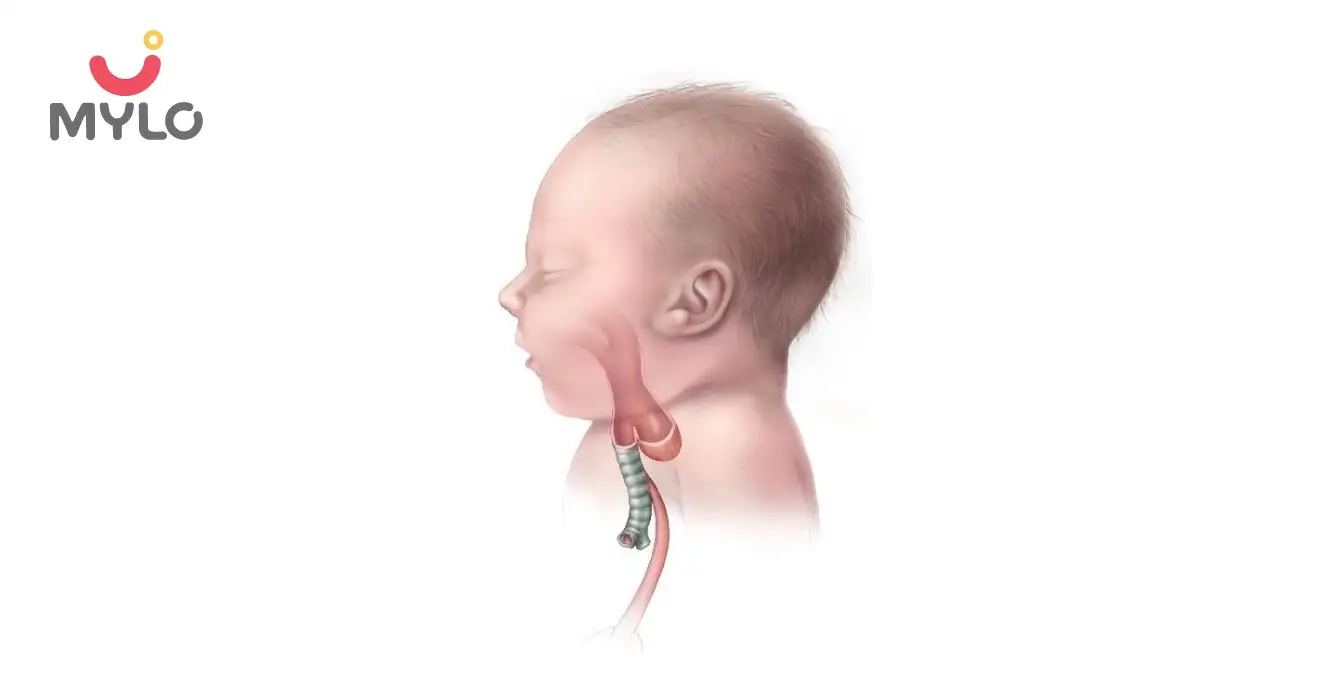
Symptoms & Illnesses
Tracheoesophageal Fistula: Causes, Symptoms, Risks & Treatment

Growth & Development
Stillbirth: Cause, Symptoms, Risks & Prevention

skin care
Giant Congenital Melanocytic Nevus: Causes, Symptoms, & Treatment

Fears & Phobias
Tokophobia: How to Manage Your Phobia of Pregnancy & Childbirth
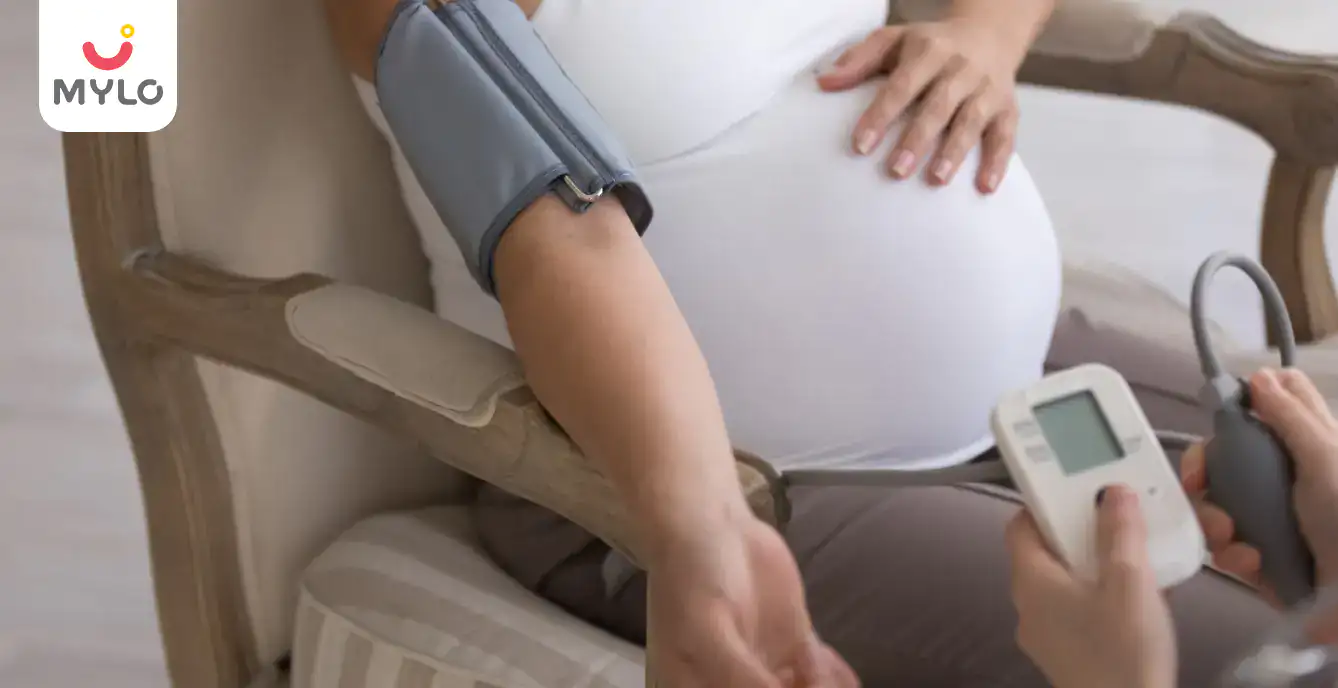
Low BP in Pregnancy: Symptoms, Effects & Treatments
Twins & Triplets
Helping your twins to sleep at the same time
- Baby Brain Development: What You Should Know
- Tummy Tuck (Abdominoplasty) Procedure, Risks, Preparation & Recovery
- Spina Bifida: Causes, Symptoms & Treatment
- Diastasis Recti: Causes, Symptoms, Risks & Preventions
- Opioid Overdose, Risk & Prevention
- Is Pregnancy After 35 Right for You? A Comprehensive Guide
- Clubfoot (Talipes Equinovarus): Meaning, Symptoms & More
- RSV (Respiratory Syncytial Virus): Symptoms, Causes & Treatment
- Loose Vagina: Learn How To Tighten Your Vagina Naturally
- Umbilical Cord Prolapse Causes, Symptoms & Treatment
- Bipolar Disorder: Causes, Symptoms, Risks & Treatment
- Sinus Infection During Pregnancy Causes & Treatment
- Intrauterine Growth Restriction (IUGR) in Pregnancy
- APGAR Score: Meaning & How it is Performed


AWARDS AND RECOGNITION

Mylo wins Forbes D2C Disruptor award

Mylo wins The Economic Times Promising Brands 2022
AS SEEN IN
















- Mylo Care: Effective and science-backed personal care and wellness solutions for a joyful you.
- Mylo Baby: Science-backed, gentle and effective personal care & hygiene range for your little one.
- Mylo Community: Trusted and empathetic community of 10mn+ parents and experts.
Product Categories
baby carrier | baby soap | baby wipes | stretch marks cream | baby cream | baby shampoo | baby massage oil | baby hair oil | stretch marks oil | baby body wash | baby powder | baby lotion | diaper rash cream | newborn diapers | teether | baby kajal | baby diapers | cloth diapers |



